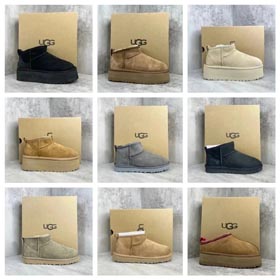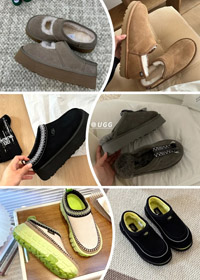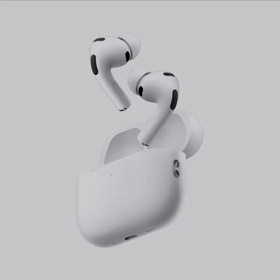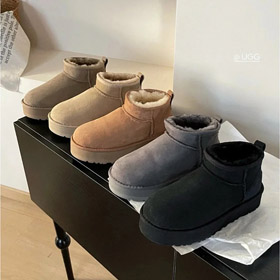Introduction
In the competitive landscape of e-commerce, brand identity plays a crucial role in differentiating one platform from another. The logo, as a visual representation of a brand, holds significant power in shaping consumer perception and driving brand loyalty. This article explores the impact of the Hoobuy logo in the context of brand upgrades, with a specific focus on the Hoobuy Nike collaboration. By analyzing the changes in market share and user perception, we aim to understand how brand upgrades influence consumer behavior and market positioning.
Background of Hoobuy and Its Logo
Hoobuy, a prominent e-commerce platform, has been known for its ability to connect consumers with a wide range of products from various brands. The Hoobuy logo, with its distinctive design and color scheme, has been a key element in establishing the platform's identity. The logo's evolution is often seen as a reflection of the platform's growth and adaptability in the rapidly changing e-commerce environment.
The Brand Upgrade Process: Hoobuy Nike Case Study
The collaboration between Hoobuy and Nike represents a significant milestone in both brands' histories. The brand upgrade involved a redesign of the Hoobuy logo to better align with Nike's branding standards, particularly in terms of visual consistency and messaging. This upgrade aimed to enhance the perceived value of Hoobuy as a premium e-commerce platform, capable of offering high-quality products from globally recognized brands.
Key elements of the logo redesign include:
- Color Scheme:
- Typography:
- Symbolism:
- Typography:
Impact on Market Share and User Perception
The brand upgrade had a profound impact on Hoobuy's market positioning. By aligning more closely with Nike, Hoobuy was able to tap into Nike's established customer base, thereby increasing its market share. The revamped logo helped to elevate the platform's image, attracting a more discerning clientele who associate the brand with quality and reliability.
User perception also shifted positively. The redesigned logo conveyed a sense of trust and professionalism, making users more confident in their purchases. This shift in perception not only increased user engagement but also led to higher customer retention rates. The Hoobuy Nike bundle, branded with the new logo, became a bestseller, showcasing the tangible benefits of the brand upgrade.
For more detailed insights into the data and analytics behind this upgrade, visit Hoobuy Spreadsheet.
Conclusion
The Hoobuy logo's evolution during the brand upgrade process, particularly in the context of the Hoobuy Nike collaboration, highlights the importance of visual identity in driving brand success. By aligning with globally recognized brands like Nike, Hoobuy was able to enhance its market share and user perception, proving that strategic branding efforts can lead to significant commercial gains. As e-commerce platforms continue to evolve, the role of logos and branding elements will remain crucial in shaping consumer behavior and market dynamics.




















